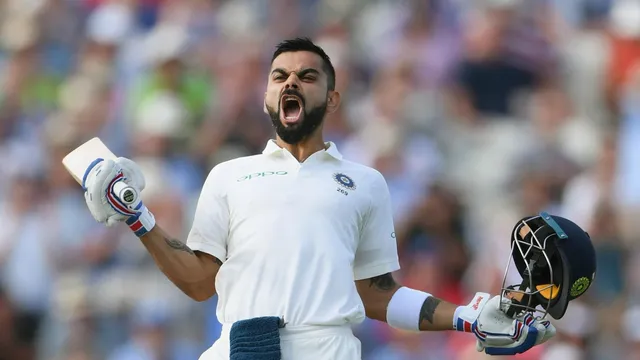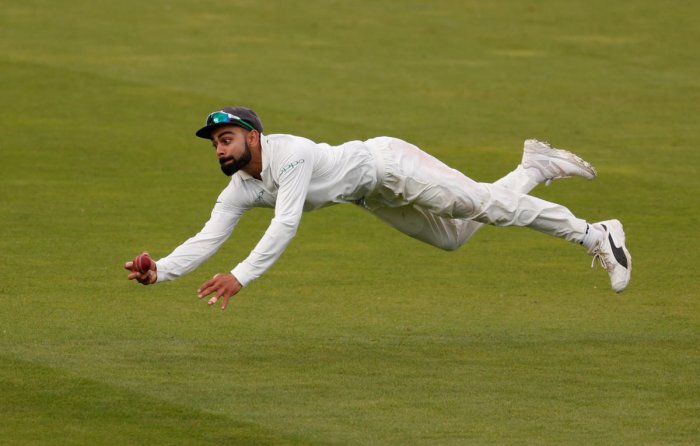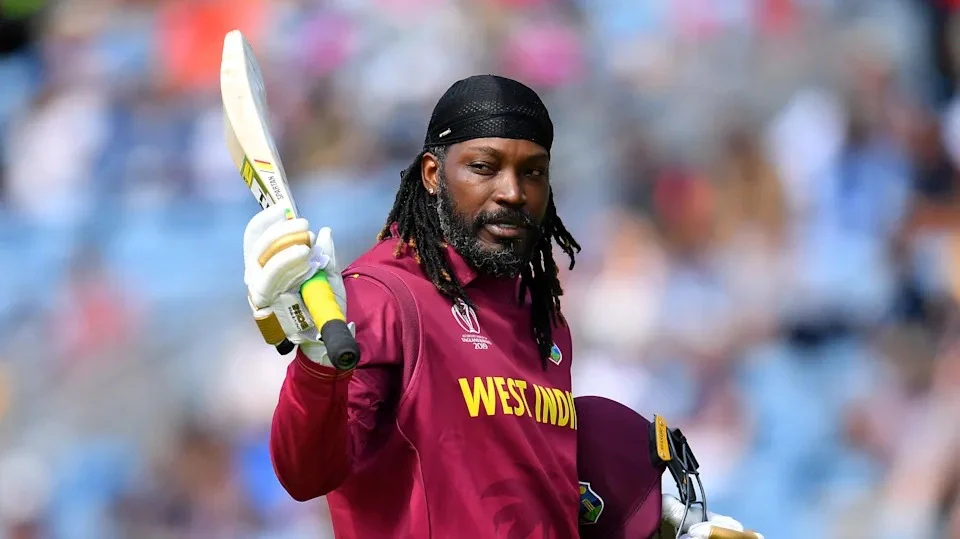How Is Batting Average Calculated In Cricket
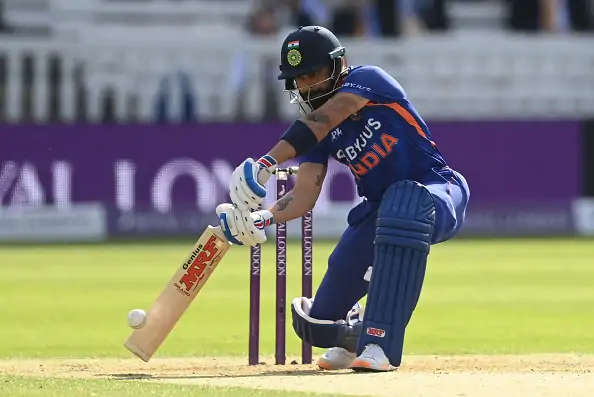
Introduction
In cricket, a player’s batting average is a key statistic that reflects their performance over time. It provides a measure of consistency and effectiveness with the bat. Understanding how batting averages are calculated can offer valuable insights into a player’s career and performance.
What Is a Batting Average?
A batting average is a numerical value that represents the average number of runs a batsman scores per innings. It is a crucial indicator of a player’s ability to contribute runs consistently.
How to Calculate a Batting Average
The formula to calculate a batting average is straightforward:
Batting Average=Total Runs ScoredTotal Number of Dismissals\text{Batting Average} = \frac{\text{Total Runs Scored}}{\text{Total Number of Dismissals}}
Here’s a step-by-step guide to calculating it:
- Sum the Total Runs: Add up all the runs scored by the batsman across all their innings. This includes runs scored in both Test matches, One Day Internationals (ODIs), and Twenty20 (T20) games, depending on the format being analyzed.
- Count the Total Dismissals: Count the number of times the batsman has been dismissed. It’s important to exclude not-outs in this count. A batsman who remains not out in an innings is not considered a dismissal.
- Apply the Formula: Divide the total runs scored by the total number of dismissals. The result is the batting average.
Example Calculation
Let’s say a batsman has scored the following runs in their last five innings: 45, 67, 23, 89, and 34. They were dismissed in four of these innings and remained not out in the fifth innings.
- Total Runs Scored:45+67+23+89+34=258 runs45 + 67 + 23 + 89 + 34 = 258 \text{ runs}
- Total Dismissals: The batsman was dismissed in 4 innings.
- Calculate the Average:Batting Average=2584=64.5\text{Batting Average} = \frac{258}{4} = 64.5
In this example, the batsman’s batting average is 64.5.
Important Considerations
- Not-Outs: The batting average does not include not-out innings in the total number of dismissals. However, not-out innings do contribute to the total runs scored. For instance, if a player scores 50 runs but remains not out, the batting average calculation considers those 50 runs but not the fact that the player was not dismissed.
- Format Specific: Batting averages can differ significantly across different formats of the game. For example, a player’s average in Test cricket might be different from their average in ODIs or T20s due to the nature of the formats.
- Career Average: The batting average can be calculated for individual matches, series, or over an entire career. Career averages provide a broader view of a player’s consistency and overall performance.
- Impact of Low Innings: In formats with fewer innings (like T20s), a few low scores can disproportionately affect a player’s batting average. Conversely, in longer formats like Test cricket, averages tend to stabilize over a larger number of inning.
Batsmen in India
1. Sachin Tendulkar
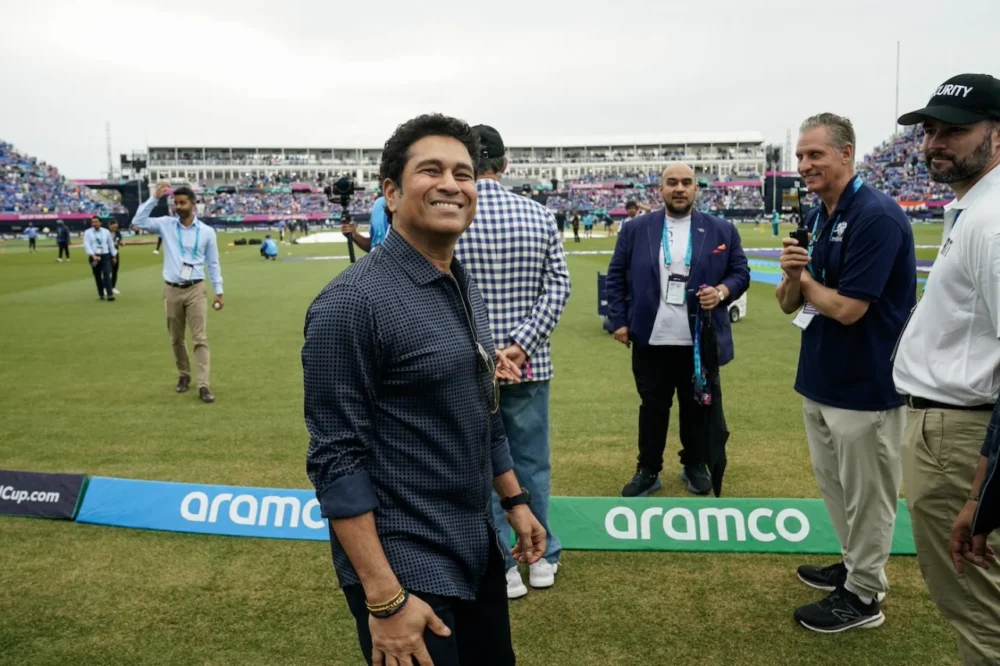
Sachin Tendulkar, often hailed as the “Little Master” or “Master Blaster,” is widely regarded as one of the greatest batsmen in the history of cricket. His illustrious career spanned 24 years, during which he set numerous records and became a global icon.
Biography of Sachin Tendulkar
Sachin Tendulkar, was born on April 24, 1973, in Mumbai, India, to a middle-class family. His father, Ramesh Tendulkar, was a renowned Marathi novelist, while his mother, Rajni, was a schoolteacher. Sachin’s interest in cricket was apparent from a young age, and he began playing the sport with immense passion and dedication.
Encouraged by his elder brother Ajit, Sachin started his formal cricket training under the guidance of coach Ramakant Achrekar. His prodigious talent was evident early on, and by the age of 15, he had already made headlines with his remarkable performances.
Domestic and International Debut
Sachin Tendulkar made his debut for India in Test cricket against Pakistan on November 15, 1989, at the age of 16. His entry into international cricket was marked by a display of exceptional skill and potential, though he was dismissed for 15 runs in his first innings. His ODI debut followed on September 18, 1989, against Sri Lanka, where he made an impact with his impressive batting.
Career Highlights and Achievements
- Batting Records: Tendulkar’s career is adorned with numerous records that stand as a testament to his unparalleled skill and consistency. He is the only player to have scored 100 international centuries, comprising 51 in Test cricket and 49 in ODIs. His total of 15,921 runs in Test matches and 18,426 runs in ODIs remains unmatched.
- Historic Performances: Sachin achieved several significant milestones during his career. Notably, he was the first player to score a double century in ODIs, achieving this feat against South Africa in 2010. His performance in the 2003 World Cup, where he scored 673 runs, is still remembered as one of the greatest individual performances in the history of the tournament.
- Major Awards: Tendulkar’s contributions to cricket have been recognized with numerous awards. He was honored with the Bharat Ratna, India’s highest civilian award, in 2014, making him the first sportsperson to receive this prestigious accolade. He has also been awarded the Padma Bhushan and Padma Shri for his contributions to the sport.
- Captaincy and Leadership: Tendulkar served as the captain of the Indian cricket team on several occasions. His leadership was marked by a commitment to team success, although his tenure as captain was met with mixed results. Despite this, his role as a senior player and mentor was invaluable to the team.
Impact on Cricket and Society
Sachin Tendulkar’s impact on cricket transcends his on-field achievements. He is revered for his sportsmanship, humility, and dedication to the game. His success has elevated the status of cricket in India and has inspired countless young cricketers to pursue their dreams. Tendulkar’s ability to bridge cultures and bring people together through cricket has solidified his place as a global icon.
2. Virat Kohli
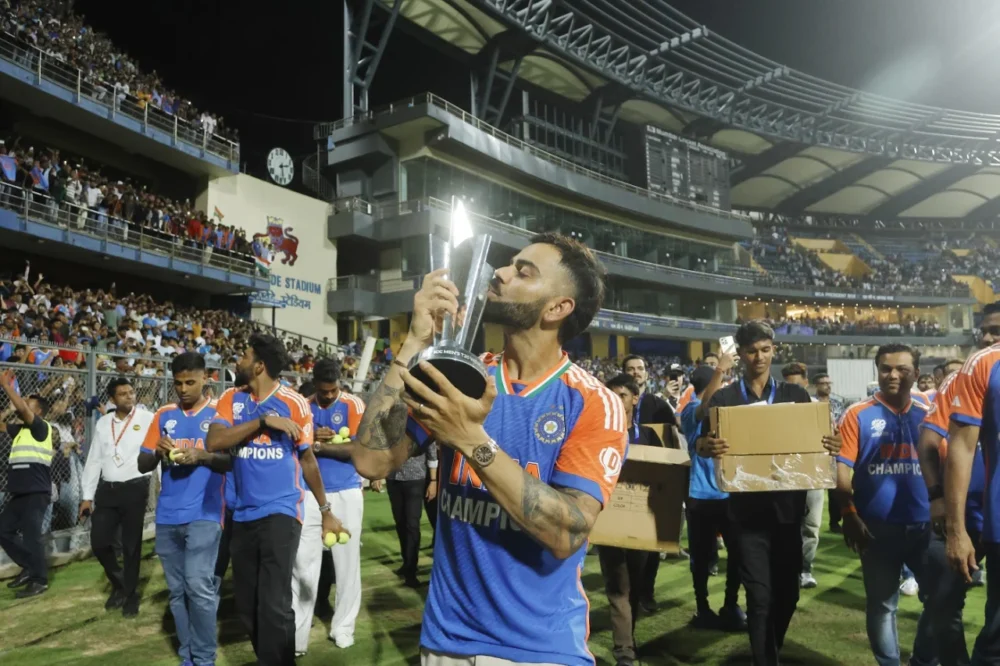
Virat Kohli, known for his aggressive batting style and exceptional consistency, is one of the leading contemporary batsmen. Since making his debut in 2008, Kohli has established himself as one of the most prolific and versatile batsmen in modern cricket.
Biography of Virat Kohli
Born on November 5, 1988, in Delhi, India, Virat Kohli grew up in a cricket-loving family. His father, Prem Kohli, was a criminal lawyer and an avid cricket fan who played a significant role in nurturing Virat’s interest in the sport. Kohli’s cricketing journey began at a young age, and he quickly made a name for himself in the local cricketing circles.
Domestic Cricket Career
Kohli’s domestic career took off when he played for the Delhi Ranji team. His performances in the domestic circuit caught the attention of the selectors, leading to his inclusion in the national team. His aggressive batting style and ability to chase down targets made him a standout performer.
International Debut
Virat Kohli made his One Day International (ODI) debut on August 18, 2008, against Sri Lanka. He showcased his potential with a solid performance, which set the stage for a prolific international career. His Test debut followed on June 20, 2008, also against Sri Lanka, where he displayed the same promise and talent that would become a hallmark of his career.
Rise to Prominence
Kohli’s rise to prominence was swift. Known for his aggressive and fearless batting style, he quickly became a key player for the Indian team. His performances in the 2011 ICC Cricket World Cup, where India emerged victorious, cemented his place as one of the leading batsmen in the world. Kohli’s ability to perform under pressure and his consistency in scoring runs made him a vital asset to the Indian squad.
Captaincy and Leadership
Virat Kohli took on leadership roles in various formats over the years. He was appointed captain of the Indian ODI team in 2013 and later became the Test captain in 2014. His leadership was characterized by a fierce competitive spirit and a focus on aggressive cricket. Under his captaincy, India achieved significant victories, including a historic Test series win in Australia in 2020-21.
Personal Life
Kohli’s personal life has also garnered significant attention. He married Bollywood actress Anushka Sharma in December 2017. The couple welcomed their first child, Vamika, in January 2021. Kohli’s off-field persona, including his advocacy for fitness and healthy living, complements his cricketing achievements.
3. Rahul Dravid

Rahul Dravid, affectionately known as “The Wall,” is celebrated for his technical excellence, resilience, and ability to anchor an innings. Dravid’s career was marked by his steady and reliable batting, which earned him respect from peers and opponents alike.
Biography of Rahul Dravid
Born on January 11, 1973, in Indore, Madhya Pradesh, Rahul Dravid grew up in a cricket-loving family. His father, Pushkar Dravid, was a keen cricketer and played a key role in fostering Rahul’s interest in the game. Dravid’s cricketing journey began at a young age, and he quickly distinguished himself with his disciplined approach and solid technique.
Domestic Cricket
Dravid’s domestic career was marked by outstanding performances in first-class cricket. Playing for Karnataka, he made his debut in 1991 and soon established himself as one of the most dependable batsmen in the domestic circuit. His consistency and ability to play long innings earned him a reputation as a technically sound and mentally tough cricketer.
International Debut
Rahul Dravid made his international debut in 1996, in both Test and One Day International (ODI) formats. His debut series in England was particularly memorable, where he showcased his potential with a series of strong performances. Dravid’s ability to adapt to different conditions and play crucial innings became a hallmark of his career.
Career Highlights
- Test Cricket: Dravid’s Test career spanned over 16 years, during which he played 164 Test matches. He accumulated over 13,000 runs at an average of 52.31, including 36 centuries. Dravid’s innings often provided the backbone for India’s batting lineup, and his notable performances included a match-saving innings against Australia in the 2001 Kolkata Test.
- ODI Cricket: In ODIs, Dravid played 344 matches, scoring over 10,000 runs at an average of 39.16. He was known for his ability to anchor innings and adapt to different match situations. Dravid’s contributions were crucial in several successful ODI campaigns for India, including the 2003 Cricket World Cup, where he was the highest run-scorer.
- T20I Cricket: Although his T20I career was relatively short, Dravid made significant contributions during his time, both as a player and later as a mentor.
Captaincy and Leadership
Rahul Dravid’s leadership qualities were evident during his tenure as captain of the Indian team. He led India in both Test and ODI formats, demonstrating strategic acumen and a calm demeanor under pressure. Dravid’s captaincy was marked by a series win in the West Indies in 2006 and a notable Test series victory against Pakistan in 2005.
Post-Retirement Contributions
After retiring from international cricket in 2012, Dravid continued to contribute to the sport in various capacities. He served as the coach of the Indian national team and later took on the role of the Director of Cricket Operations at the National Cricket Academy (NCA) in Bengaluru. Dravid’s coaching philosophy emphasizes technical excellence, discipline, and mental toughness, and he has been instrumental in nurturing young talent.
Awards and Recognition
Dravid’s contributions to cricket have been widely recognized. He has received numerous accolades, including the ICC Player of the Year Award in 2004 and the Padma Bhushan, India’s third-highest civilian award, in 2013. His role in Indian cricket’s success and his exemplary sportsmanship have earned him respect and admiration both within and outside the cricketing community.
Personal Life
Rahul Dravid is married to Vijeta Pendharkar, and the couple has two children. Off the field, Dravid is known for his humility and dedication to the sport. His work with various charitable organizations and his commitment to improving cricket at the grassroots level further highlight his character.
Conclusion
The batting average is a fundamental metric in cricket that offers insight into a player’s ability to accumulate runs and their overall effectiveness as a batsman. By calculating a batting average, teams and analysts can assess a player’s consistency and performance across different formats and conditions. Understanding this statistic is essential for evaluating cricketing talent and making informed decisions in the sport.

